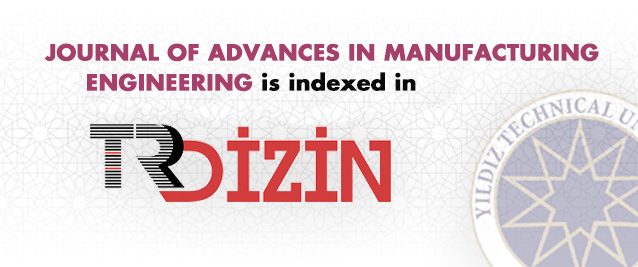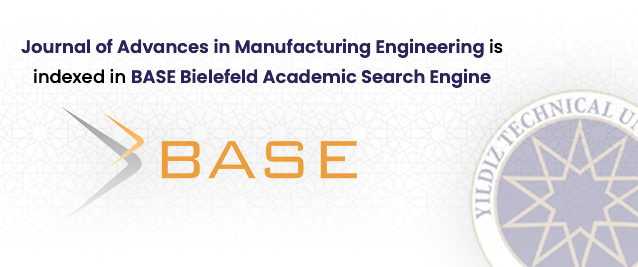Abstract
Titanium and its alloys are materials with high hardness and strength. Because of these properties, titanium and its alloys are usually machined with carbide or diamond tools. However, the occurrence of high temperatures during processing elongates the processing time and
hence reduces efficiency. The use of coolants is a viable technique to reduce the temperature in the processing of such hard materials. Because of the negative environmental impacts of conventional cutting fluids, cryogenic processing has become an alternative approach. The effects of cryogen usage in the milling of Ti6Al4V alloy with carbide tool were evaluated in this work together with dry machining. Cryogen was applied in two different directions, in the front and back of the tool. The effects of the cooling technique on surface roughness and burr formation were evaluated at the end of the experiment. When the cryogen was applied from the back of the tool, the surface quality was the best. Burr formation was observed to occur more frequently during dry machining.














